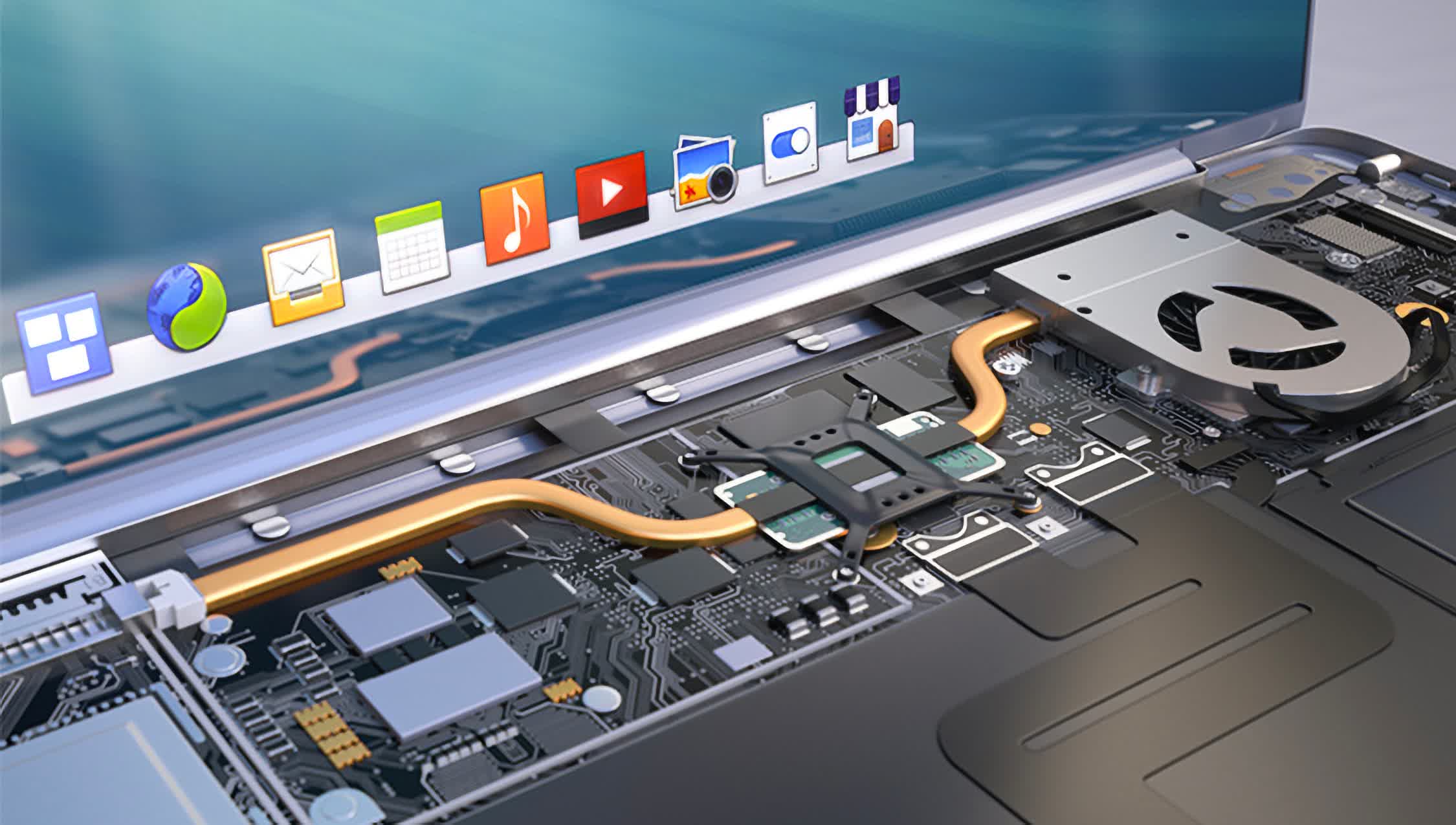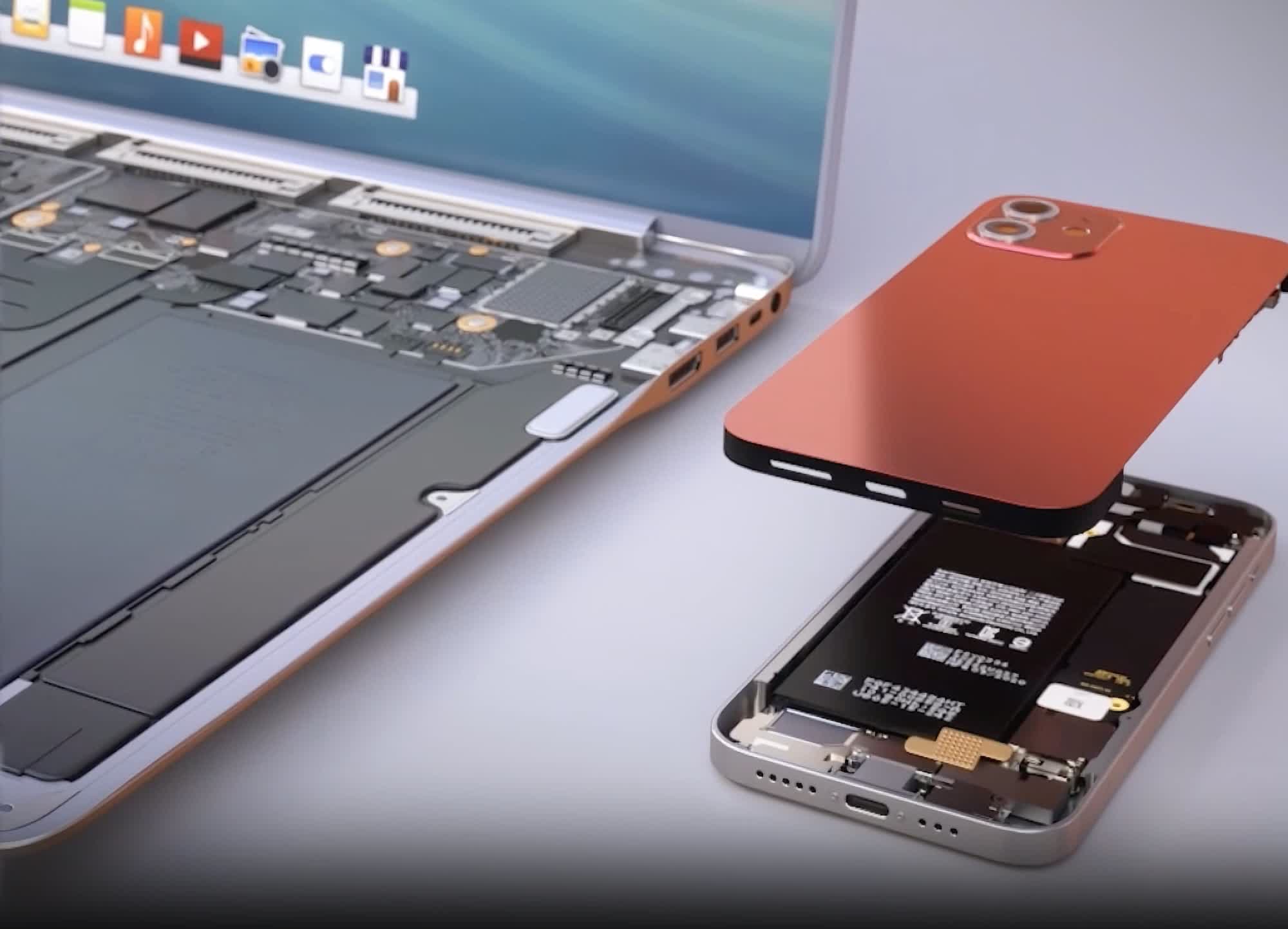In context: We've noticed a burning sensation in our pockets lately. Not the bite of inflation, but an actual heat source coming from our phones. Maybe it is 5G, maybe it is a design decision made by Apple, or by TSMC, whatever the reason, our smartphone runs hot.

Often, just a little bit of usage pushes our phones into cool-down mode, dimming the screen and slowing the device. Judging from online searches, many of you have probably noticed this as well. We tend to spend a lot of time and attention to the fans in laptop computers, and for example, how Apple's M-series processors are so efficient that the Air models do not need to use fans. Heat is a real issue, just one that we have resigned ourselves to coping with rather than solving.
As much as chip and device makers contort themselves to mitigate these heat issues, at heart the reality is that cooling technology has not changed in 40+ years. The industry has fans, heatsinks and if you want to go all-out, liquid cooling. There has not been anything new here in a very long time. Until now.
Editor's Note:
Guest author Jonathan Goldberg is the founder of D2D Advisory, a multi-functional consulting firm. Jonathan has developed growth strategies and alliances for companies in the mobile, networking, gaming, and software industries.
Ventiva is a privately-held company based in Silicon Valley, and is a leader in a crop of companies introducing a new way to cool devices. Ventiva has developed a technology they call an Ionic Cooling Engine (ICE). This device creates a small, very power efficient electrical current, that stimulates air flow across it. Put simply, this is a fan with no moving parts.
The appeal of Ventiva's approach with ICE is that it can be made very small. Small enough to fit into all our gadgets. It is quiet, uses very little power and can be manufactured into pretty much any device, but is still capable of moving heat away from the toasty bits of the device.

The appeal of this is straightforward. Device makers can remove many of the bulky, heavy components they use today. This allows them to shrink devices, or save power, or turn up compute. It can also be used in devices like phones which could never fit a massive heatsink or a very breakable fan. We know some handset makers have been experimenting with liquid cooling in phones, an approach which just opens up all kinds of ugly scenarios.
At one level this seems fairly prosaic, but remember we have not really had any advances in cooling for a very long time. We think that makes this a fairly remarkable achievement. Sometimes the most important advances come from unexpected directions, and Ventiva may be capable of offering one such advance.
https://www.techspot.com/news/102224-ventiva-shows-off-tech-keep-chips-devices-cool.html